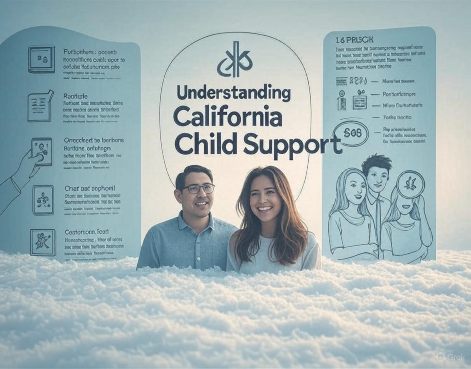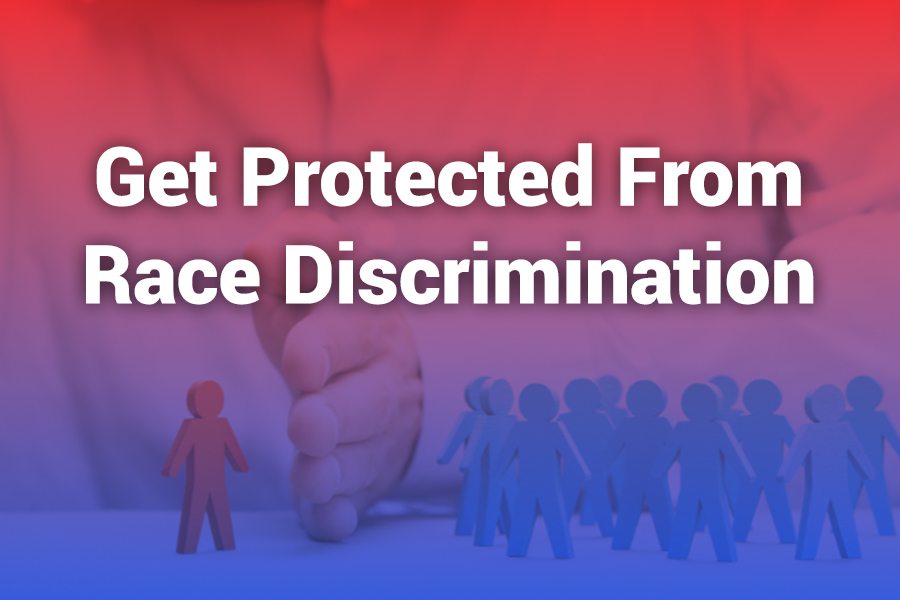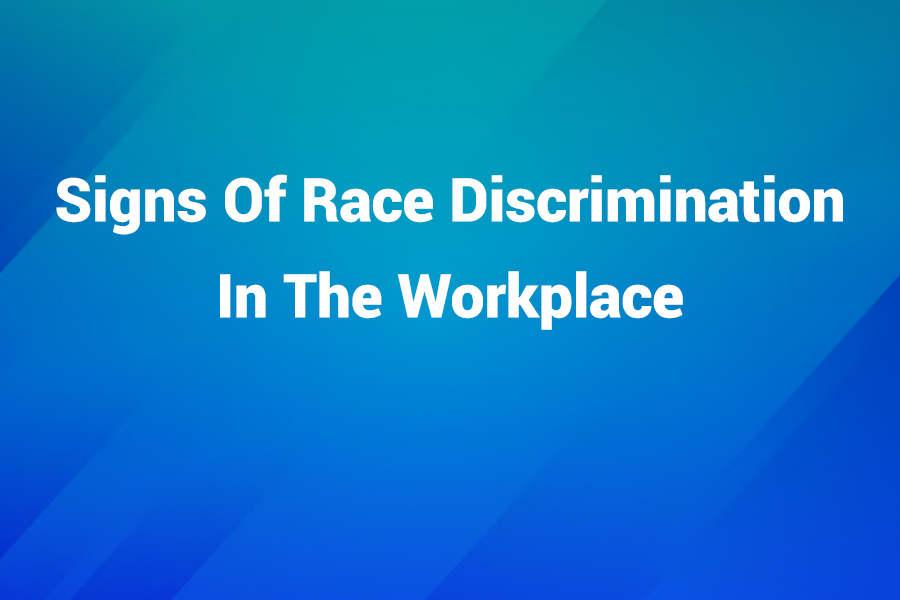Estimate your child support payments based on California guidelines
Basic Information
Income Information
Parent 1 (You)
Parent 2 (Other Parent)
Additional Expenses
Child Support Calculation Results
Monthly Child Support Payment
Calculation Breakdown
Important Disclaimer
This calculator provides an estimate based on the California child support guidelines. Actual court-ordered support may vary. This is not legal advice. Consult with a family law attorney for guidance specific to your situation.
Understanding California Child Support
California uses a complex formula called the "guideline calculation" to determine child support payments. This formula takes into account both parents' incomes, the amount of time each parent spends with the children, tax filing status, and various deductions and expenses.
The state's primary concern is ensuring children receive adequate financial support from both parents, regardless of the parents' marital status or living arrangements. The formula is designed to be fair and consistent across all cases.
The basic formula used in California is: CS = K[HN - (H%)(TN)]
- CS = Child support amount
- K = Income allocation factor
- HN = High earner's net monthly disposable income
- H% = Percentage of time the high earner has the children
- TN = Total net monthly disposable income of both parents

Key Factors Affecting Child Support
Income
Both parents' income from all sources, including wages, self-employment, investments, and benefits.
Timeshare
The percentage of time each parent spends with the children, which directly affects support calculations.
Number of Children
Support increases with more children, but not proportionally (e.g., support for two children is not double the amount for one child).
Tax Filing Status
How each parent files taxes affects their net disposable income calculation.
Healthcare Costs
Health insurance premiums and uninsured healthcare costs for the children are factored into support calculations.
Additional Expenses
Childcare, education costs, and special needs expenses can be added to the base support amount.
Frequently Asked Questions
How is child support calculated in California?
+California uses a complex guideline formula that considers both parents' incomes, the time each parent spends with the children, tax filing status, and various deductions. The state uses the formula CS = K[HN - (H%)(TN)] where K is the income allocation factor, HN is the high earner's net disposable income, H% is the percentage of time the high earner has the children, and TN is the total net disposable income of both parents.
Can I modify my child support order?
+Yes, child support orders can be modified if there has been a "change in circumstances" since the last order. This could include changes in income, employment status, custody arrangements, or the needs of the children. Either parent can request a modification by filing a Request for Order with the court.
What happens if I can't afford to pay the ordered amount?
+If you cannot afford to pay the ordered amount, you should immediately request a modification from the court. Do not simply stop paying, as this can lead to serious consequences including wage garnishment, suspension of driver's license, and even jail time. The court may adjust the amount based on your current financial situation.
Does remarriage affect child support?
+A new spouse's income is generally not considered in calculating child support. However, remarriage might indirectly affect support if it changes your tax filing status or living expenses. If the parent receiving support remarries, this does not reduce the other parent's obligation to pay support.
When does child support end in California?
+In California, child support typically ends when the child turns 18 if they have graduated from high school. If the child is still a full-time high school student and living with a parent, support continues until they graduate or turn 19, whichever occurs first. Support may continue longer for children with disabilities who cannot support themselves.
The Child Support Process in California
Case Opening
A child support case begins when a parent, guardian, or local child support agency files a petition with the court. This can be part of a divorce, legal separation, or standalone case.
Financial Disclosure
Both parents must complete Income and Expense Declarations (Form FL-150) disclosing their income, assets, expenses, and tax information.
Guideline Calculation
The court uses the California guideline formula to calculate the appropriate amount of child support based on the information provided.
Court Order
The judge issues a child support order specifying the amount to be paid, payment schedule, and duration. This order is legally binding.
Enforcement
If necessary, the Department of Child Support Services (DCSS) can help enforce child support orders through wage garnishment, tax refund interception, and other methods.
Modification
Either parent can request a modification if circumstances change significantly. The court will review the case and adjust the order if appropriate.
California Child Support Resources
California Department of Child Support Services
The official state agency responsible for establishing and enforcing child support orders.
- Customer Connect: 1-866-901-3212
- Website: childsupport.ca.gov
California Courts Self-Help
Resources for parents navigating the court system without an attorney.
- Website: courts.ca.gov/selfhelp-support
- Forms: courts.ca.gov/forms
Legal Aid Organizations
Free or low-cost legal assistance for qualifying individuals.
- Legal Aid Association of California: laaconline.org
- LawHelpCA: lawhelpca.org
Family Law Facilitators
Each county court has facilitators who provide free assistance with child support cases.
- Find your local facilitator: courts.ca.gov/selfhelp-facilitators







